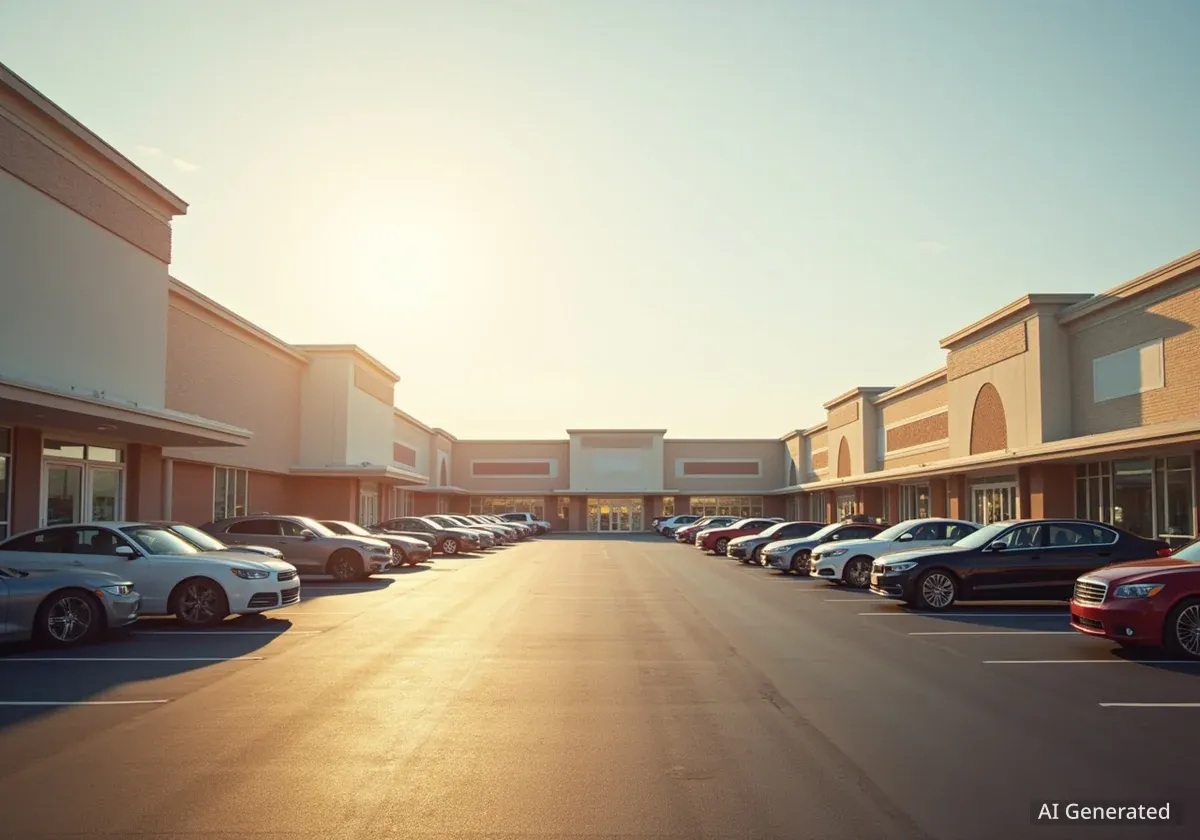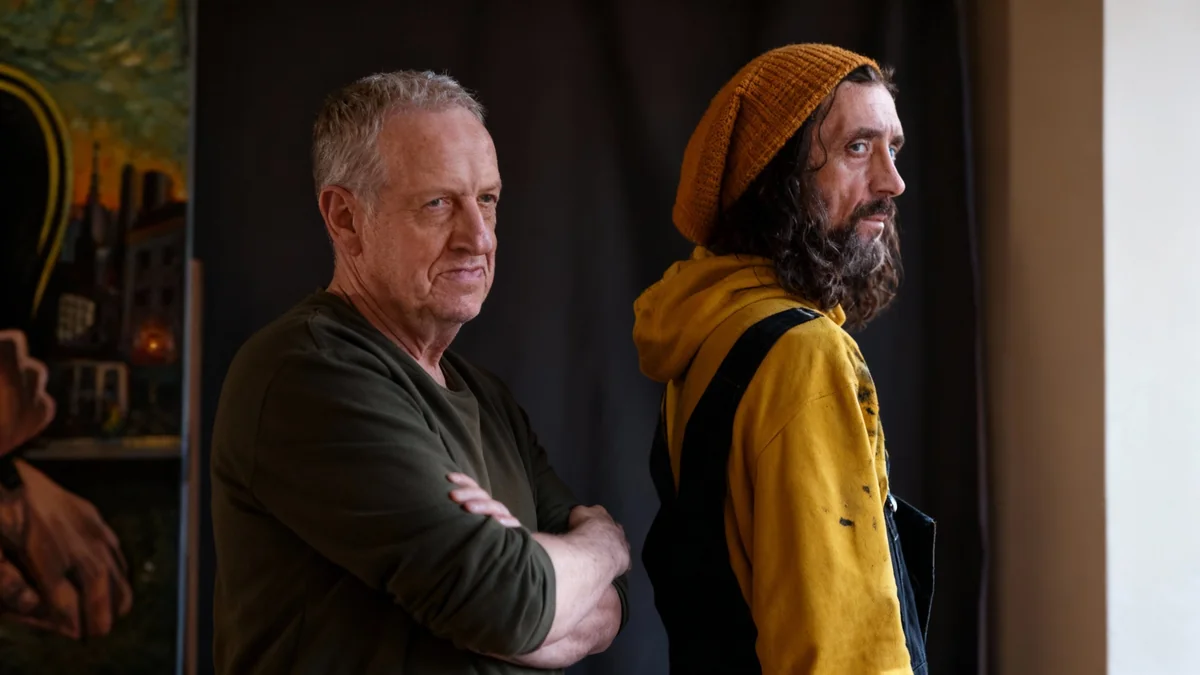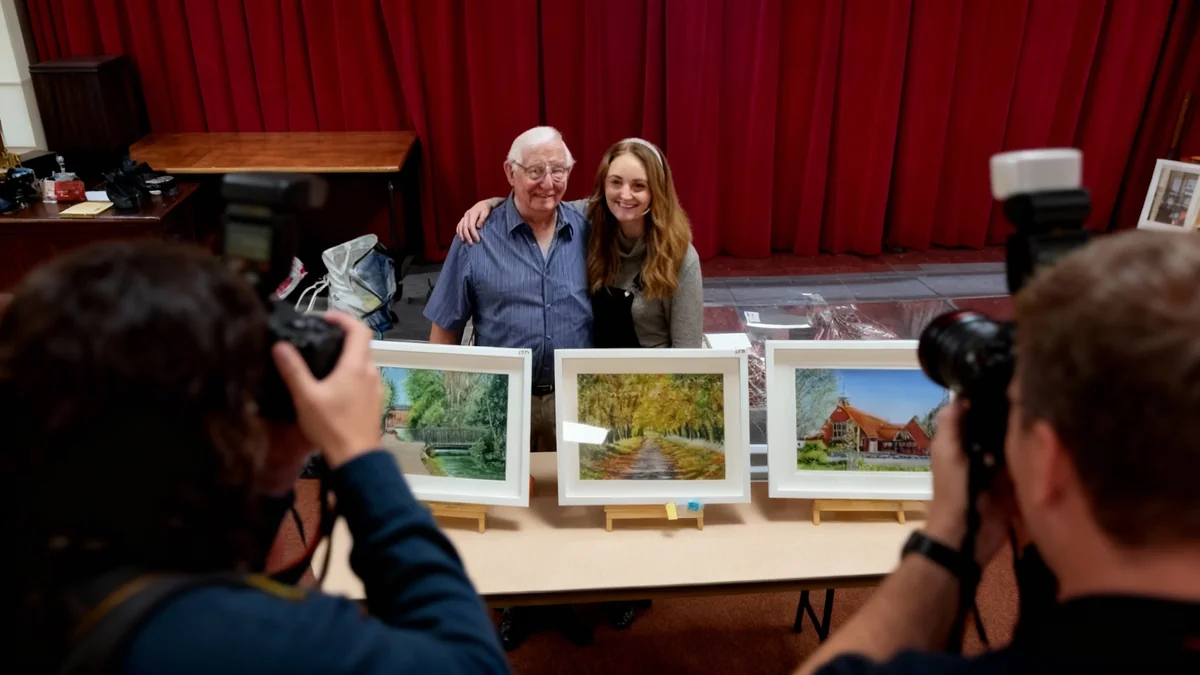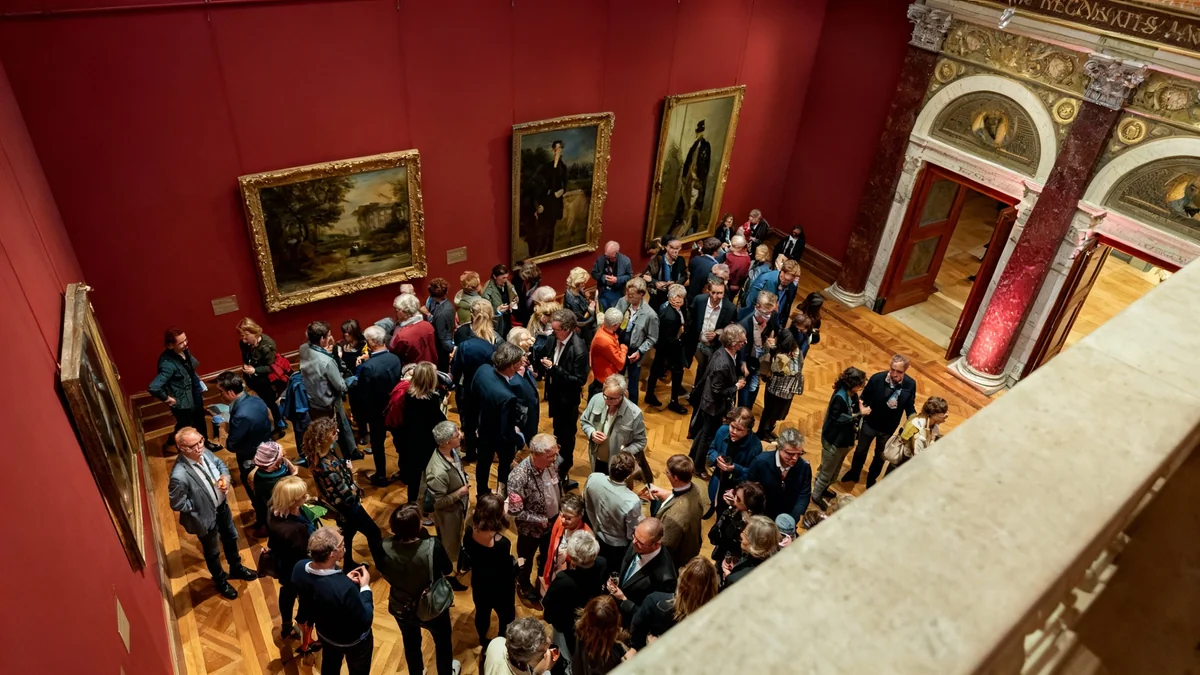Los Angeles-based artist Jake Longstreth creates paintings inspired by the ordinary architecture of chain restaurants and retail stores. His work focuses on capturing the often-overlooked beauty in places like Home Depot parking lots and fast-food outlets. Longstreth aims to transform these common commercial sites into subjects of artistic contemplation.
Key Takeaways
- Jake Longstreth paints ubiquitous American chain stores and restaurants.
- He seeks to find beauty in overlooked commercial landscapes.
- His art explores the connection between physical environments and broader societal themes.
- The artist spends significant time scouting locations for unique perspectives.
Depicting the Modern American Landscape
Longstreth believes that the physical landscape reflects deeper societal forces. He states that themes of economics and politics are deeply embedded in the environments people inhabit daily. For him, the prevalence of asphalt, office buildings, and chain stores represents a significant part of the contemporary American experience.
His artistic process involves careful observation. He often spends many hours driving through shopping centers to find the perfect angle or vantage point. This dedication allows him to discover unique compositions within these familiar settings.
Interesting Fact
Longstreth's paintings often feature iconic brands. Examples include a Taco Bell located near Mount Shasta, an Amazon delivery truck moving through a wooded area, and a Pizza Hut logo visible behind a tree. These elements highlight the pervasive nature of commercial entities in diverse American settings.
Landscape as a Lens for Exploration
Throughout history, painters have used landscape art to interpret the world around them. Longstreth follows this tradition, using modern commercial landscapes as his subject matter. He aims to make these places, which are typically not considered picturesque, appear beautiful in his artwork.
His approach challenges viewers to reconsider their surroundings. By presenting these everyday scenes with an artist's eye, he encourages a new appreciation for the common spaces that define much of modern life. This perspective shifts the focus from purely functional aspects to aesthetic qualities.
"I try to make beautiful paintings of these places that typically aren't thought of as picturesque," Longstreth explained.
Evolution in the Age of E-commerce
The rise of e-commerce has significantly altered the physical retail landscape. This shift has also impacted Longstreth's artistic focus. While his earlier work might have centered more on bustling shopping centers, the increasing presence of online retail has introduced new elements, such as delivery trucks, into his visual vocabulary.
The changes in consumer habits mean that the physical spaces themselves are evolving. Longstreth's art reflects these transformations, documenting how commercial environments adapt to new economic models. He captures the subtle ways in which the digital economy manifests in physical spaces.
Background Information
The concept of landscape painting has evolved over centuries. Originally depicting natural scenes, it expanded to include urban and industrial environments during the Industrial Revolution. Longstreth's work continues this evolution by focusing on the commercialized landscapes of the 21st century, bridging nature with modern consumer culture.
The Artist's Perspective and Method
Longstreth's method is rooted in observation and interpretation. He sees the mundane as meaningful, transforming ordinary scenes into subjects of artistic inquiry. His paintings are not simply literal depictions; they are interpretations that invite viewers to pause and reflect on the familiar.
He carefully selects his subjects, ensuring they represent a broader cultural phenomenon. The specific brands and locations he chooses are often recognizable, which allows for an immediate connection with the audience. This familiarity helps to highlight the artistic transformation he applies to these scenes.
- Location Scouting: Longstreth dedicates extensive time to finding ideal locations.
- Compositional Focus: He emphasizes unique angles and perspectives.
- Symbolic Elements: Brand logos and commercial structures are used to represent broader societal trends.
- Challenging Perceptions: His art encourages viewers to see beauty in unexpected places.
The artist's work reminds us that art can be found everywhere. Even in the most commercialized and seemingly uninspired locations, there are stories and aesthetics waiting to be uncovered. His paintings serve as a visual commentary on the economic and cultural forces that shape the modern American landscape.
Economic Impact
According to recent data, the retail sector, including both physical stores and e-commerce, contributes significantly to the U.S. economy. While online sales have grown, brick-and-mortar stores, particularly chain retailers, remain a visible and impactful part of the American landscape, generating billions in revenue annually.
Connecting Art and Everyday Life
Longstreth's art bridges the gap between high art and everyday experience. By focusing on common commercial sites, he makes his work accessible and relatable to a wide audience. Many people encounter these types of locations daily, making his paintings resonate with personal experiences.
His artistic vision suggests that beauty is not confined to traditional landscapes or classical subjects. Instead, it can be discovered in the ubiquitous elements of contemporary life. This perspective encourages a more observant and appreciative view of the built environment.
The subtle details in his paintings, such as the quality of light or the way shadows fall, elevate these ordinary scenes. He uses these artistic techniques to imbue the commercial landscape with a sense of quiet dignity and unexpected visual appeal. This thoughtful approach distinguishes his work.
The Role of Observation
Observation is central to Longstreth's creative process. He meticulously studies the interplay of light, architecture, and human activity in these commercial spaces. This detailed observation allows him to capture the specific atmosphere of each location.
He often notes how these structures interact with the natural environment. For instance, a Pizza Hut logo peeking from behind a tree highlights the constant presence of human development within natural settings. This interplay is a recurring theme in his work, underscoring the integration of commerce and nature.
The artist continues to explore how the American landscape evolves with economic and cultural shifts. His paintings serve as a valuable record of these changes, offering a unique artistic perspective on the spaces that shape daily life for millions.




